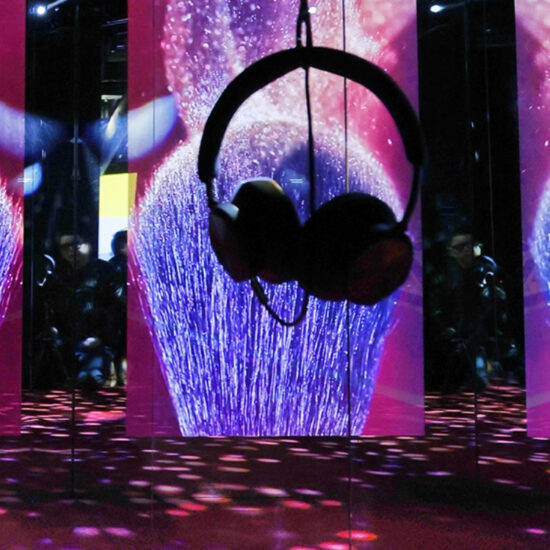It’s the holiday season. You can feel it and hear it and smell it in the air. Every song, every jingle of bells, and every scent of pumpkin spice brings with it memories of past Thanksgivings and holidays. Memories of meaningful times with loves ones—the key ingredients in nostalgia.
As humans, we’re uniquely able to experience nostalgia, and we like the feeling. We seek it out. It’s the reason we watch the same holiday shows every year, repeat family traditions, and go to the same places year after year. We want to remember and relive those good times from our past. Nostalgia and spending Nostalgia makes us feel good. Maybe that’s why it affects how we react to others and how we manage our money. Whatever the reason, studies show that when people feel nostalgic, they’re more generous, less concerned with keeping control of their money, and willing to pay more for products.
Whether they understand the science or not, most retailers appreciate the connection between nostalgia and spending. It’s one of the reasons we hear so much Holiday music during the holiday season, sometimes starting as early as October. It’s why stores decorate in green and red, play holiday songs, and put up holiday lights and other festive materials. It all helps create an ambience to remind customers of past holidays and their childhood. That, in turn, put them in the mood to shop for family and friends in the hopes of sharing more special experiences and love this year.
The sounds of the holidays
Music is a mainstay in retail, used to create a mood that—hopefully—encourages shoppers to linger and spend more. Relying on music alone may not be the best approach. When every store plays holiday music—and does so for two months or more—consumers can get overstimulated. What starts as a pleasant reminder eventually becomes simply annoying. Recent research suggests that the constant seasonal music doesn’t always put shoppers and diners in a good, “holiday” mood. Instead, it can begin to irritate them—exactly the opposite of how you want your patrons to feel.
The smells of holidays
That’s one reason more and more retailers are turning to holiday fragrances to help elicit that nostalgic feeling. Fragrance is more subtle than sound. Often, patrons don’t even consciously perceive scents. Yet, smell can evoke nostalgic feelings even more powerfully than other ambient elements.
You’ve probably had the experience of a smell bringing back a memory with an emotional intensity that takes your breath away. That’s because odors are processed by some of the oldest and core parts of the brain, like the amygdala. A smell can bypass the conscious mind to elicit memories and strong emotions unconsciously. It can reach back in time to immediately bring back some of the oldest, and most nostalgic, memories from our childhoods.
In fact, research indicates that odor evoked memories can be experienced as more emotional than memories elicited by other senses. That means they have an even bigger impact than the sound of Jingle Bells or the sight of those cheery Christmas lights.
The right scents are good for consumers
So, what scents are most associated with the holidays? You probably don’t need science to tell you that the smells of evergreen trees, peppermint, gingerbread, pumpkin, cider and spices are high contenders. Although several smells remind us of holidays, cinnamon tops the list according to one study.
Eliciting nostalgia isn’t the only benefit to providing a scented holiday environment. Many of these smells have positive cognitive effects. One study shows that pine may lower hostility and depression and improve your mood. And both peppermint and cinnamon have been shown to decrease fatigue and frustration—something we can all use during the crowded holiday shopping season.
To help you and your patrons remember the love and joy of holidays past, Prolitec provides the AirQ technology with scents perfect for the holiday season, including mulled spices, evergreen trees, cinnamon gingerbread and peppermint latte.
Contact Us today to see how we can help promote your business.
Alasdair Wilkins. “Cinnamon is scientifically proven to be the most Christmas-y smell in the world“ Dec. 2010
Ron Friedman Ph.D. “Does Christmas Music Make Us Buy Less?” Dec. 2013 Eric R. Spangenberg, Bianca Grohmann, David E. Sprott. “It’s Beginning to Smell (and Sound) a Lot Like Christmas: The Interactive Effects of Ambient Scent and Music in a Retail Setting” Dec. 2003, Journal of Business Research
Cheryl MacKenzie. “Peppermint Odor and Athletic Performance: An Ergogenic Aid or An Expectancy Effect?”
Abbas Meamarbashi, Ali Rajabi. “The effects of peppermint on exercise performance” 2013, Journal of the International Society of Sports Nutrition
Mikiko Kadohisa. “Effects of odor on emotion, with implications” Oct. 2013 | Vol. 7 | Article 66 | Frontiers in Systems Neuroscience
Jean-Charles Chebat, Richard Michon. “Impact of ambient odors on mall shoppers’ emotions, cognition, and spending” 2003 | vol. 56 | pp. 529– 539 | Journal of Business Research
Tim Adams. “Look back in joy: the power of nostalgia“ Nov. 14







